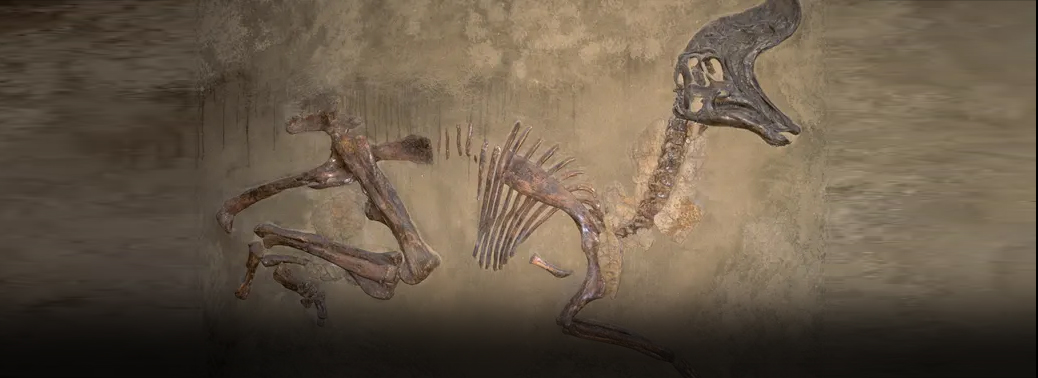FOSSILS PINPOINT DAY ASTEROID HIT EARTH, CAUSING MASS EXTINCTION
31, Mar 2019

Prelims level : Environment & Biodiversity
Mains level : GS I - Important Geophysical phenomena such as earthquakes, Tsunami, Volcanic activity, cyclone etc.,
- A fossilised snapshot of the day nearly 66 million years ago when an asteroid smacked the earth, fire rained from the sky and the ground shook far worse than any modern earthquake.
- It was the day that nearly all life on the earth went extinct, including the dinosaurs.
Mass Extinction:
Since life began on Earth, five major mass extinctions and several minor events have led to large and sudden drops in biodiversity.
- Ordovician–Silurian extinction event
This was the first mass extinction of biodiversity which happened 450–440 Million Years Ago.
- Late Devonian extinction This occurred 375–360 MYA.
- Permian–Triassic extinction This event 251 MYA is called Earth’s largest extinction. This event ended the primacy of
mammal-like reptiles on land. The recovery of vertebrates took 30 million years.
- Triassic–Jurassic extinction This event 200 MYA eliminated most of the non-dinosaurian archosaurs, most therapsids, and most of the largeamphibians. Thus dinosaurs were left with little terrestrial competition.
- 5. Cretaceous–Paleogene extinction or K-T extinction, or K-Pg extinction This event occurred 65.5 MYA. Majority of non-avian dinosaurs became extinct during that time. Mammals and birds emerged as dominant land vertebrates in the age of new life. There were several minor events also, for example the Carboniferous (359.2 MYA),rainforest collapse led to a great loss of plant and animal life. The fossil fuel which we are using today was the result of this collapse of life. The evolutionary termination of a species is caused by the failure to reproduce and the death of all remaining members of the species; the natural failure to adapt to environmental change.
- Current Holocene ExtinctionHolocene is a geological epoch which began around 12,000 to 11,500 years ago and continues to the present. The scientists propose that a Sixth Extinction of biodiversity is going on currently in this Holocene epoch, which started around 10,000 BC. The large number of extinctions span numerous families of plants and animals including mammals, birds, amphibians, reptiles and arthropods.The Holocene extinction includes the disappearance of large mammals known as megafauna, starting between 9,000 and 13,000 years ago, the end of the last ice age. Such disappearances are considered to be results of both climate change and the proliferation of modern humans. These extinctions are sometimes referred to as the Quaternary extinction event. All of us are witnessing this Holocene extinction.






